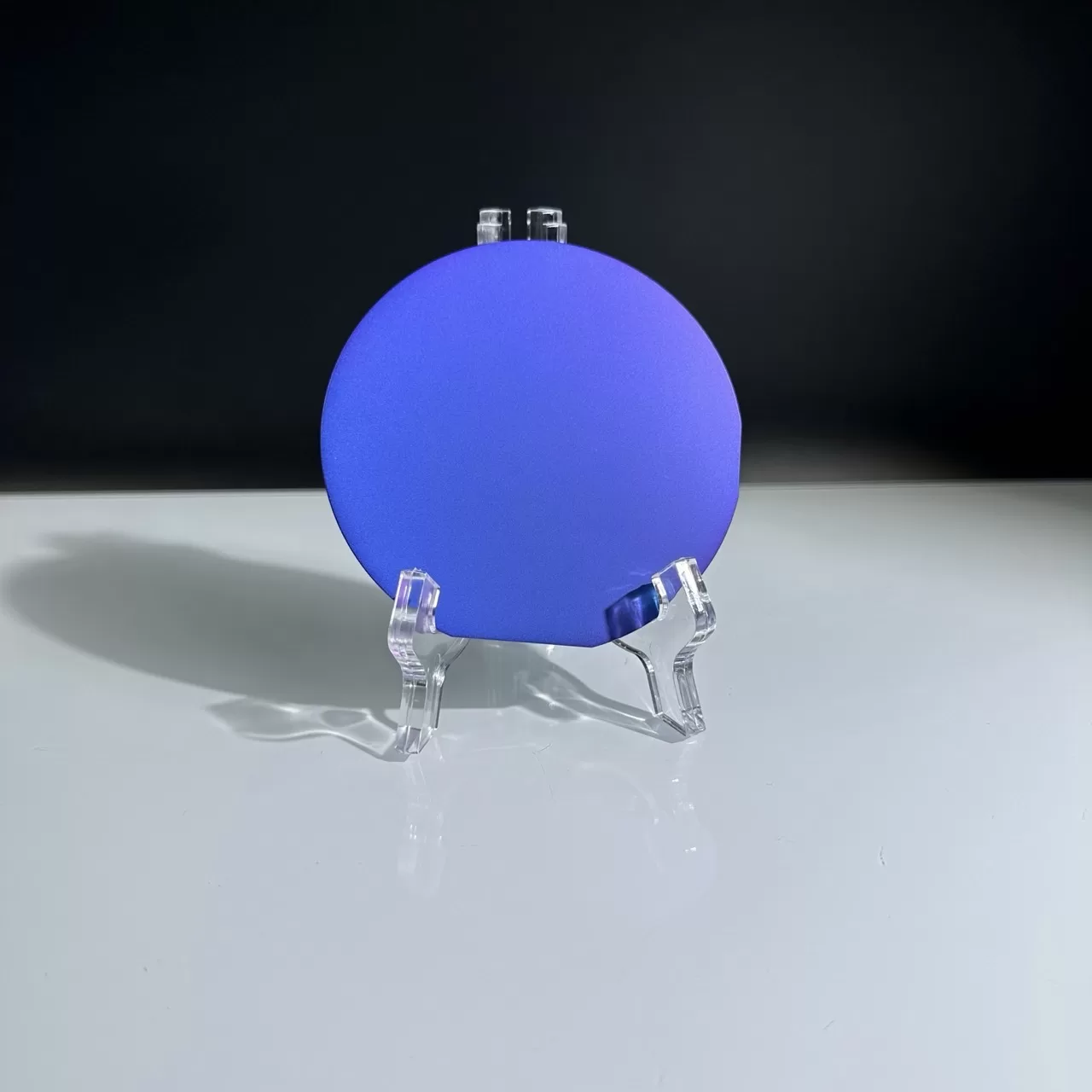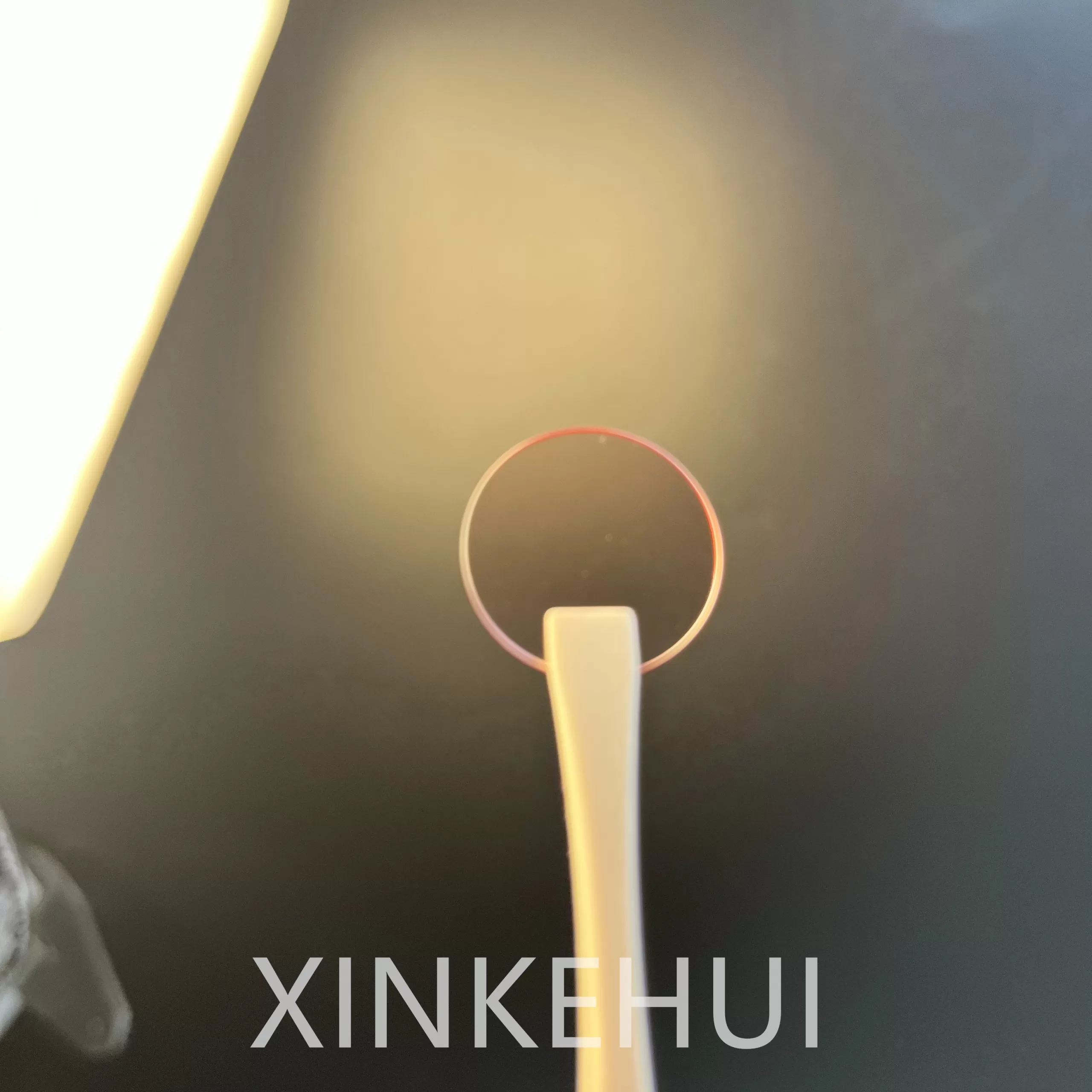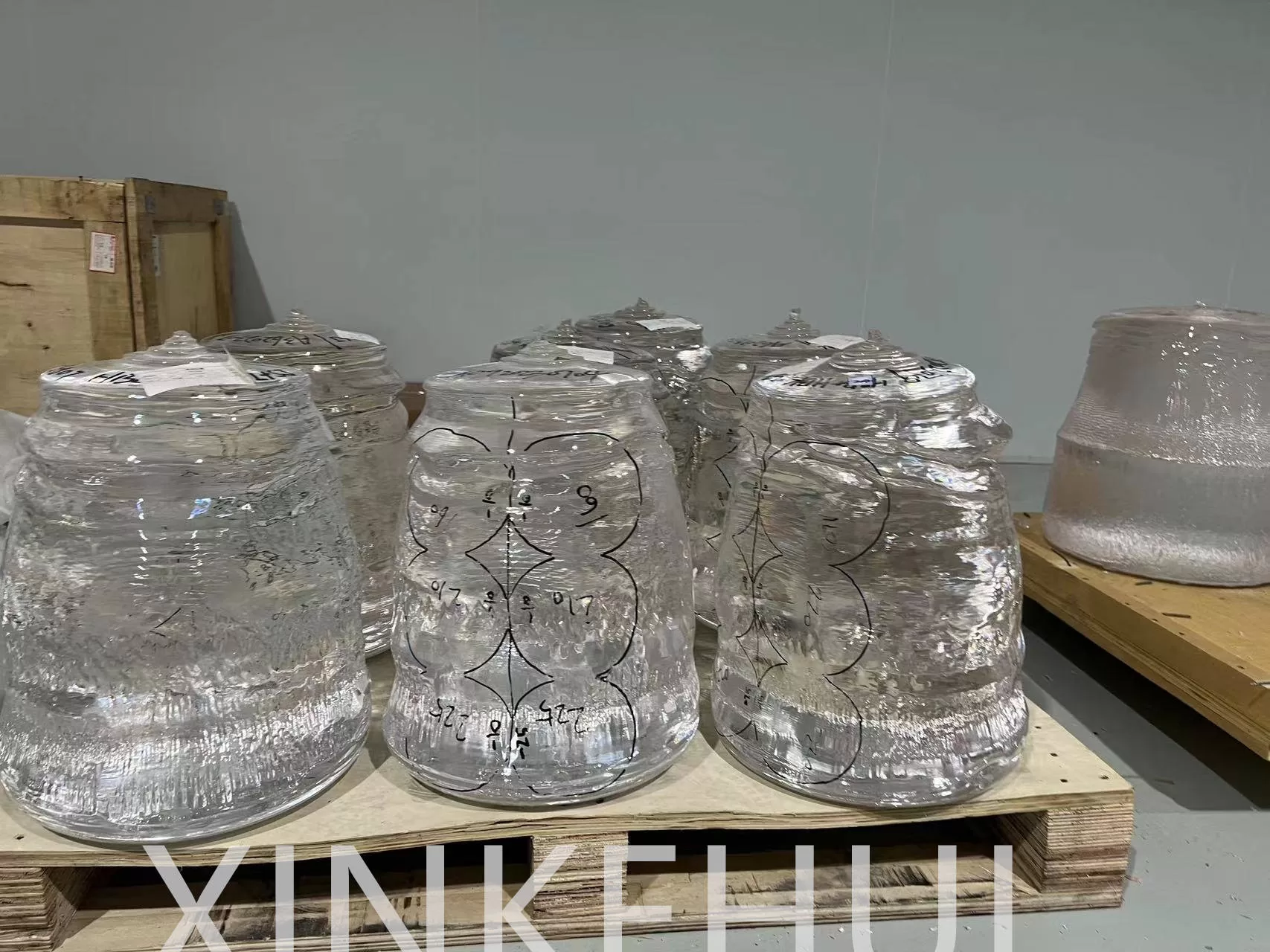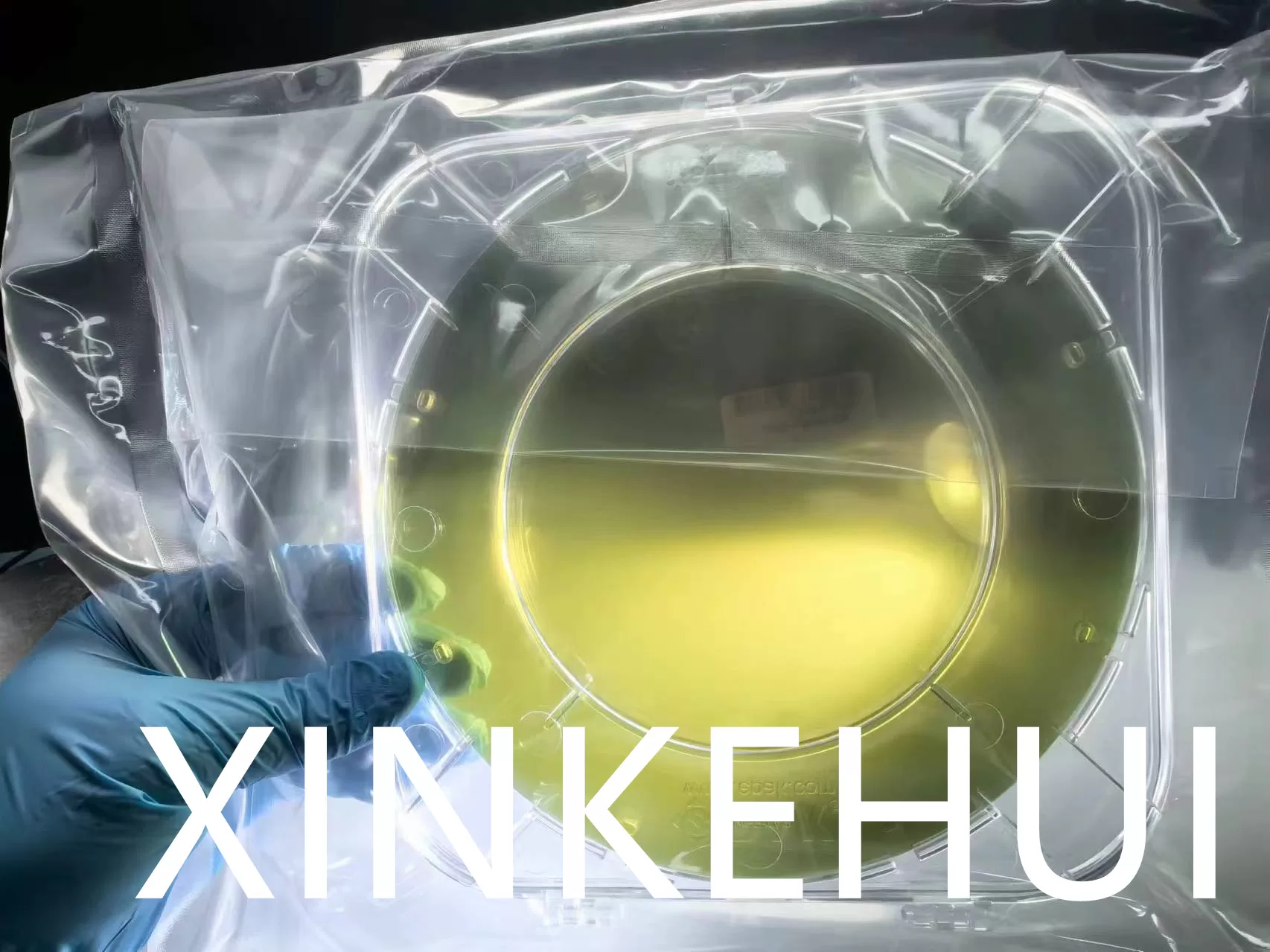Focus on the field of new material !
The Advanced ClearView Sapphire Lens represents a cutting-edge advancement in optical technology, leveraging the exceptional properties of sapphire to achieve superior performance in a wide range of applications. This paper presents a comprehensive study encompassing the design, fabrication, and performance evaluation of the Advanced ClearView Sapphire Lens.
The optical design process employs state-of-the-art software tools to optimize the lens geometry, surface profiles, and material properties for specific application requirements. Advanced computational techniques are employed to minimize aberrations, improve light transmission, and enhance image quality.
Fabrication of the lens utilizes advanced machining techniques, including computer numerical control (CNC) milling and precision polishing, to achieve submicron surface finishes and tight dimensional tolerances. The use of sapphire as the lens material offers exceptional hardness, thermal stability, and optical clarity, ensuring long-term performance and durability in demanding environments.
Performance evaluation of the Advanced ClearView Sapphire Lens involves rigorous testing and characterization across various parameters, including optical resolution, spectral transmission, and durability under mechanical and thermal stress. Comparative studies with conventional lens materials demonstrate the superior performance and reliability of the sapphire lens in real-world applications.
The results of this study highlight the potential of the Advanced ClearView Sapphire Lens to revolutionize optical systems in industries such as aerospace, defense, medical imaging, and high-performance imaging systems. The combination of advanced design methodologies, precision fabrication techniques, and exceptional material properties positions the sapphire lens as a leading solution for demanding optical applications in the 21st century.
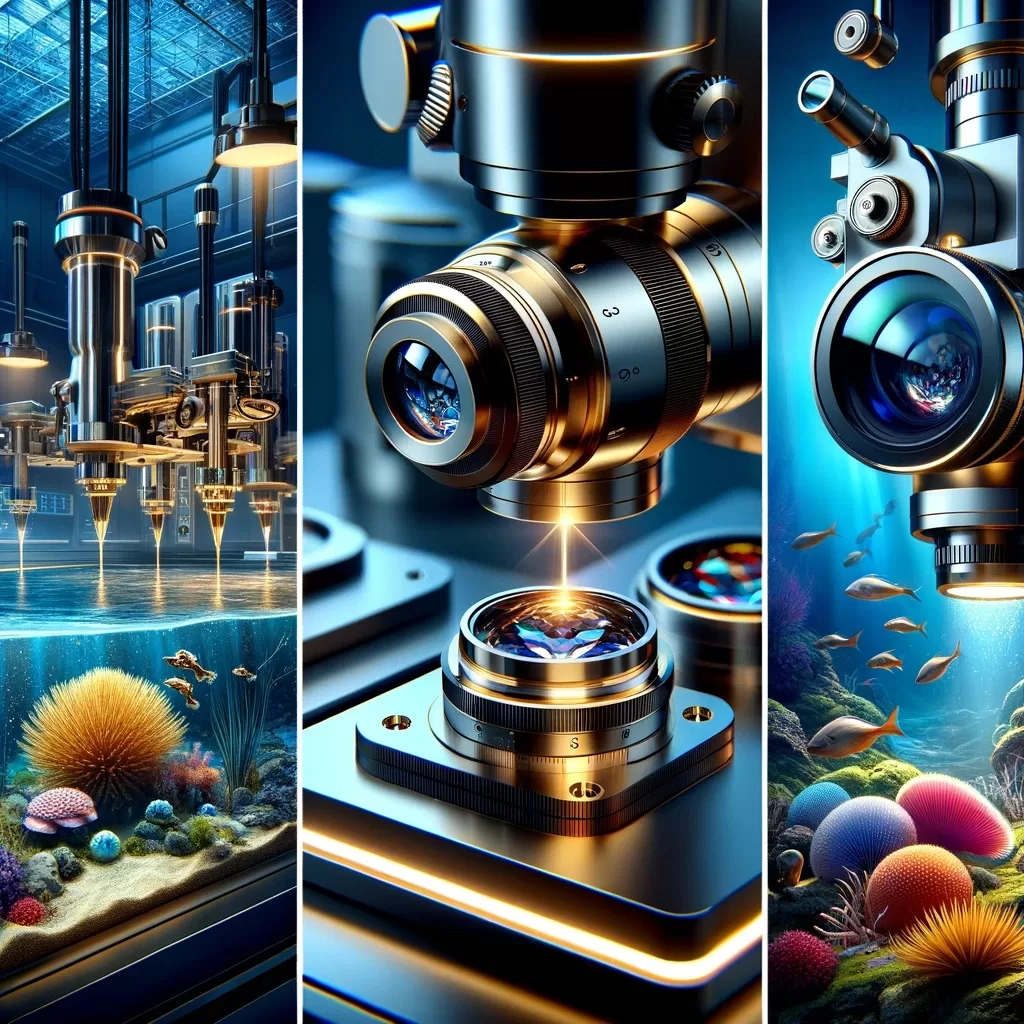
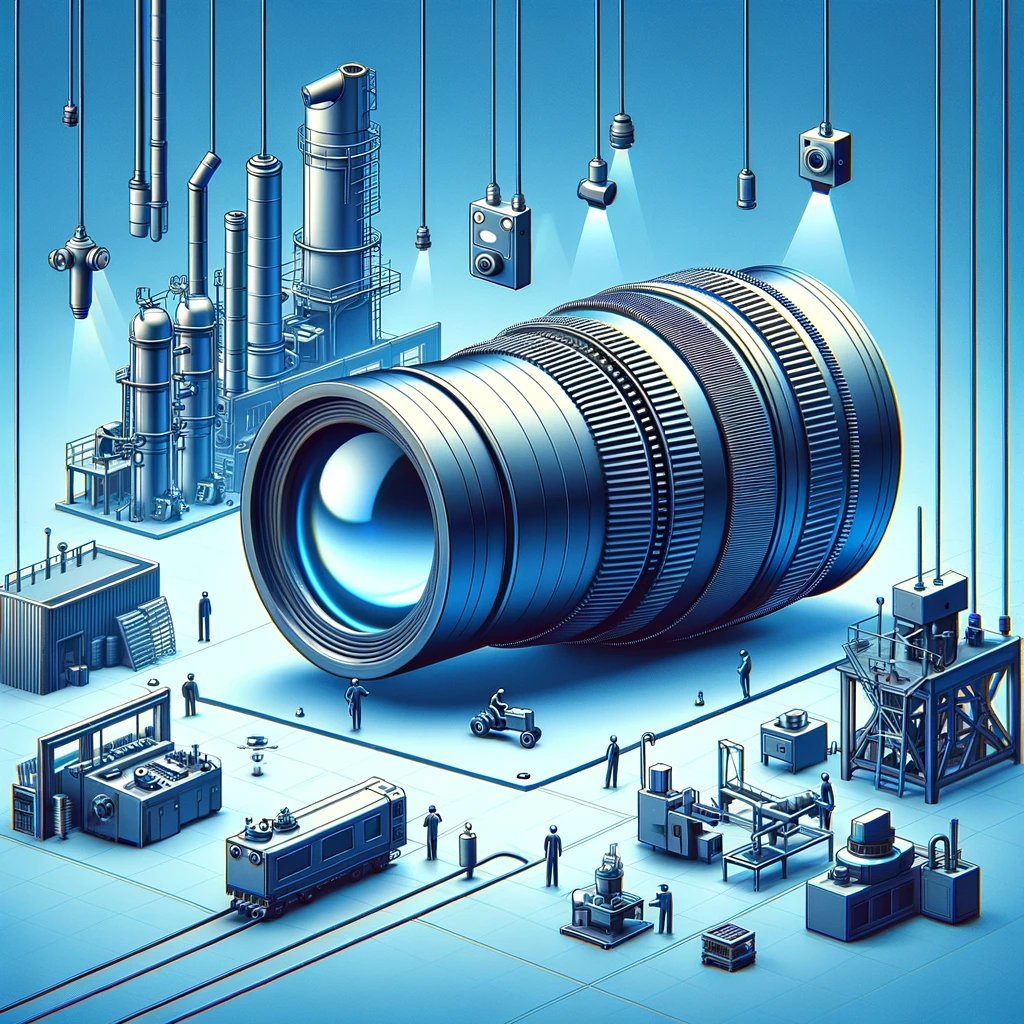
Sapphire lenses are made from synthetic sapphire, a form of aluminum oxide (Al2O3), which is known for its exceptional physical, optical, and chemical properties. Here’s a detailed look at the properties of sapphire lenses:
These properties make sapphire lenses ideal for a variety of demanding applications, including high-pressure viewports, high-temperature windows, optical applications requiring high durability and resistance to scratching, and systems that need to maintain optical performance across a wide range of wavelengths and environmental conditions.
Sapphire, a crystalline form of aluminum oxide, is renowned for its exceptional hardness—second only to diamond—along with its high transmission in the visible and near-infrared light spectra. This makes sapphire lenses highly sought after for a wide array of applications, from everyday consumer products to sophisticated industrial and scientific instruments. Here’s a comprehensive exploration of the diverse uses of sapphire lenses:
1. Eyewear and Contact Lenses
Sapphire lenses are revolutionizing the eyewear industry. They offer unmatched scratch resistance and durability, making them ideal for prescription glasses, sunglasses, and even contact lenses. Unlike traditional materials, sapphire lenses can withstand harsh environments and rough handling, ensuring longevity and maintaining clarity over time. Moreover, their resistance to thermal shock and chemical wear makes them suitable for use in various climates and conditions, from sandy beaches to snowy mountains.
2. Camera Lenses
In photography and videography, lens clarity and durability are paramount. Sapphire lenses meet these requirements, providing crystal-clear images while resisting scratches and abrasions that can degrade image quality. They are particularly beneficial in rugged cameras and drones where exposure to harsh conditions is common. Additionally, the high thermal stability of sapphire prevents lens distortion in extreme temperatures, crucial for maintaining image accuracy in scientific and outdoor photography.
3. Smartphone Screens
The use of sapphire in smartphone screens has been a game-changer in terms of durability and scratch resistance. While not yet universally adopted due to cost, screens made with sapphire lenses offer superior protection against everyday wear and tear, significantly reducing the likelihood of scratches and cracks. This makes them especially valuable for users in demanding professions or environments.
4. Watch Faces
Luxury and high-performance watches often feature faces made from sapphire lenses. These provide not only a clear and unobstructed view of the watch dial but also ensure that the watch face remains scratch-free even with regular use, preserving the watch’s aesthetic and resale value over time.
5. Medical Devices
Sapphire lenses are indispensable in the medical field, particularly in diagnostic equipment like endoscopes and surgical tools. Their clarity, durability, and resistance to sterilization processes make them ideal for repeated use in medical settings. Additionally, sapphire’s bio-compatibility makes it safe for use in implants and other devices that come into direct contact with human tissue.
6. Laser Equipment
In the realm of laser technology, sapphire lenses are crucial for their high damage threshold and transparency to specific laser wavelengths. They are commonly used in laser cutting machines, rangefinders, and medical laser equipment, where precision and durability are vital.
7. Scientific Instruments
Sapphire lenses are used in a variety of scientific instruments, including microscopes, telescopes, and spectrometers, due to their excellent optical properties and resistance to environmental factors. They are particularly valued in harsh or corrosive environments, such as space exploration missions or undersea research, where traditional materials might fail.
8. Aerospace and Defense
The aerospace and defense industries rely on sapphire lenses for their exceptional toughness and transparency. They are used in aircraft and spacecraft windows, missile domes, and other optical components subjected to extreme conditions, such as high speeds, temperature fluctuations, and abrasive particles.
9. Security and Surveillance
In security cameras and surveillance equipment, sapphire lenses provide clarity and durability, ensuring that lenses remain scratch-free and clear for optimal imaging over extended periods. This is crucial in maintaining consistent surveillance quality, regardless of environmental conditions.
10. Lighting Equipment
Sapphire’s resistance to high temperatures and thermal shock makes it suitable for use in high-intensity discharge lamps and LED lights, where it serves as a protective window that maintains clarity and strength at high operating temperatures, thus ensuring efficient light transmission and longevity of the lighting equipment.
11. Industrial Viewing Ports
In industrial settings, sapphire lenses are used as viewing ports in high-pressure vessels, furnaces, and reaction chambers. Their ability to withstand extreme conditions without degrading allows operators to safely monitor processes without risking damage to the viewing windows.
12. Barcode Scanners
Retail and industrial barcode scanners benefit from the scratch resistance and clarity of sapphire lenses, ensuring accurate scanning and readability over prolonged periods, which is essential for inventory management and checkout processes.
13. Scientific Research
The use of sapphire lenses in research extends to high-pressure studies, optical experiments, and various spectroscopic methods. Their durability and clarity under extreme conditions make them invaluable for accurate measurements and observations in groundbreaking scientific research.
Conclusion
The applications of sapphire lenses are vast and varied, spanning across multiple industries and fields. Their unparalleled hardness, clarity, and resistance to environmental factors make them an ideal choice for situations requiring precision, durability, and optical clarity. From enhancing the durability of consumer electronics

In the realm of optical engineering, precision is paramount. The quest for perfection drives innovation, and in this pursuit, sapphire lenses stand as paragons of excellence. At the forefront of cutting-edge optical technology, sapphire lenses offer a myriad of advantages, from unparalleled clarity to exceptional durability. However, in the dynamic landscape of modern industry, off-the-shelf solutions often fall short of meeting the diverse and nuanced needs of individual applications. Recognizing this demand for tailored precision, we proudly introduce our bespoke service: Custom Sapphire Lens Solutions.
Our commitment to excellence extends beyond mere production; it encompasses a dedication to understanding and exceeding the unique requirements of each client. With a team of seasoned experts in optical design and engineering, we collaborate closely with our clients to conceptualize and refine the perfect sapphire lens solution for their specific application. Whether it be aerospace, medical imaging, or high-power laser systems, our tailored approach ensures optimal performance and reliability in any environment.
The cornerstone of our custom sapphire lens service lies in our state-of-the-art manufacturing capabilities. Equipped with advanced CNC machining and polishing technologies, we possess the precision and flexibility to transform intricate designs into tangible reality. Each sapphire lens undergoes meticulous quality control measures, guaranteeing unrivaled optical clarity, precise geometrical accuracy, and exceptional surface finish.
Beyond the realm of conventional optics, our custom sapphire lens solutions unlock new possibilities in innovation and problem-solving. From complex optical assemblies to unique geometries and coatings, we thrive on the challenge of pushing the boundaries of what is possible with sapphire. Our relentless pursuit of perfection drives us to explore new frontiers, empowering our clients to achieve their boldest visions with confidence.
In a world where mediocrity is commonplace, we stand as a beacon of excellence, delivering bespoke sapphire lens solutions that transcend expectations. With a steadfast commitment to quality, innovation, and customer satisfaction, we invite you to embark on a journey of discovery with us. Together, let us redefine the future of optical engineering, one custom sapphire lens at a time.
Our dedication to pushing the boundaries of optical engineering knows no bounds. Through meticulous research, innovation, and collaboration, we continue to refine and expand our custom sapphire lens solutions to meet the evolving needs of our clients. From enhancing the resolution of astronomical telescopes to revolutionizing medical imaging technologies, the applications of sapphire lenses are as diverse as the imagination itself.
At the heart of our custom sapphire lens service lies a relentless pursuit of excellence. We understand that each project presents its own unique challenges and opportunities, and we approach each endeavor with a combination of technical expertise, creativity, and dedication. Our team of optical engineers and designers leverage the latest advancements in materials science, computer-aided design (CAD), and manufacturing technology to deliver bespoke solutions that exceed expectations.
In addition to our expertise in optical design and manufacturing, we pride ourselves on our commitment to customer satisfaction. We understand that our clients are our most valuable asset, and we strive to foster strong, collaborative relationships built on trust, transparency, and communication. From the initial consultation to the final delivery, we work closely with our clients every step of the way to ensure that their vision becomes a reality.
In conclusion, our custom sapphire lens solutions represent the pinnacle of optical engineering excellence. With a steadfast commitment to quality, innovation, and customer satisfaction, we continue to push the boundaries of what is possible with sapphire lenses. Whether you are exploring the cosmos, advancing medical science, or pushing the limits of industrial technology, we are here to partner with you on your journey towards success.
Sapphire is an extremely durable and scratch resistant substrate which creates a rugged optical lens that can stand up to very harsh environments. Sapphire lenses will add to the long lasting value of your project or product. Perhaps you are constantly replacing your product’s glass lenses due to damage.
Sapphire lenses are typically manufactured by growing synthetic sapphire crystals through processes such as the Verneuil process or the Kyropoulos process. These processes produce large, high-quality sapphire crystals that can be precisely cut and polished into lenses with exceptional optical properties.
Sapphire lenses offer several advantages over other lens materials, including:
Due to these unique properties, sapphire lenses are widely used in various industries, including aerospace, defense, medical imaging, laser systems, and high-temperature applications. They are employed in a range of optical components such as lenses, windows, prisms, and mirrors, where clarity, durability, and performance are critical.
Sapphire crystal is nowadays made of synthetic sapphire. Synthetic sapphire glass is not really glass at all. It is a very hard, transparent material made by crystallizing pure aluminium oxide at a very high temperature. Synthetic sapphire has the same hardness as natural sapphire.
The camera lens on Samsung phones is typically made of durable materials such as glass or sapphire, which are designed to withstand scratches and everyday wear and tear.
By 1991, the Rolex Perpetual was the last watch to possess a acrylic crystal. Now, all Rolex watches feature the sapphire crystal. Some versions, such as the Datejust also feature a small Cyclops lens, which magnifies the date through the sapphire crystal.
Watch sapphire is the most expensive type of watch glass as it is incredibly hard and therefore durable. This means sapphire is the best material to protect the watch dial against shock. To make sapphire crystal, pure aluminium oxide is heated and then crystallised.
While sapphire crystal is not completely indestructible, it is highly unlikely to break, chip or get scratched with normal use, making it an ideal choice for those who want a high-quality, long-lasting watch.
